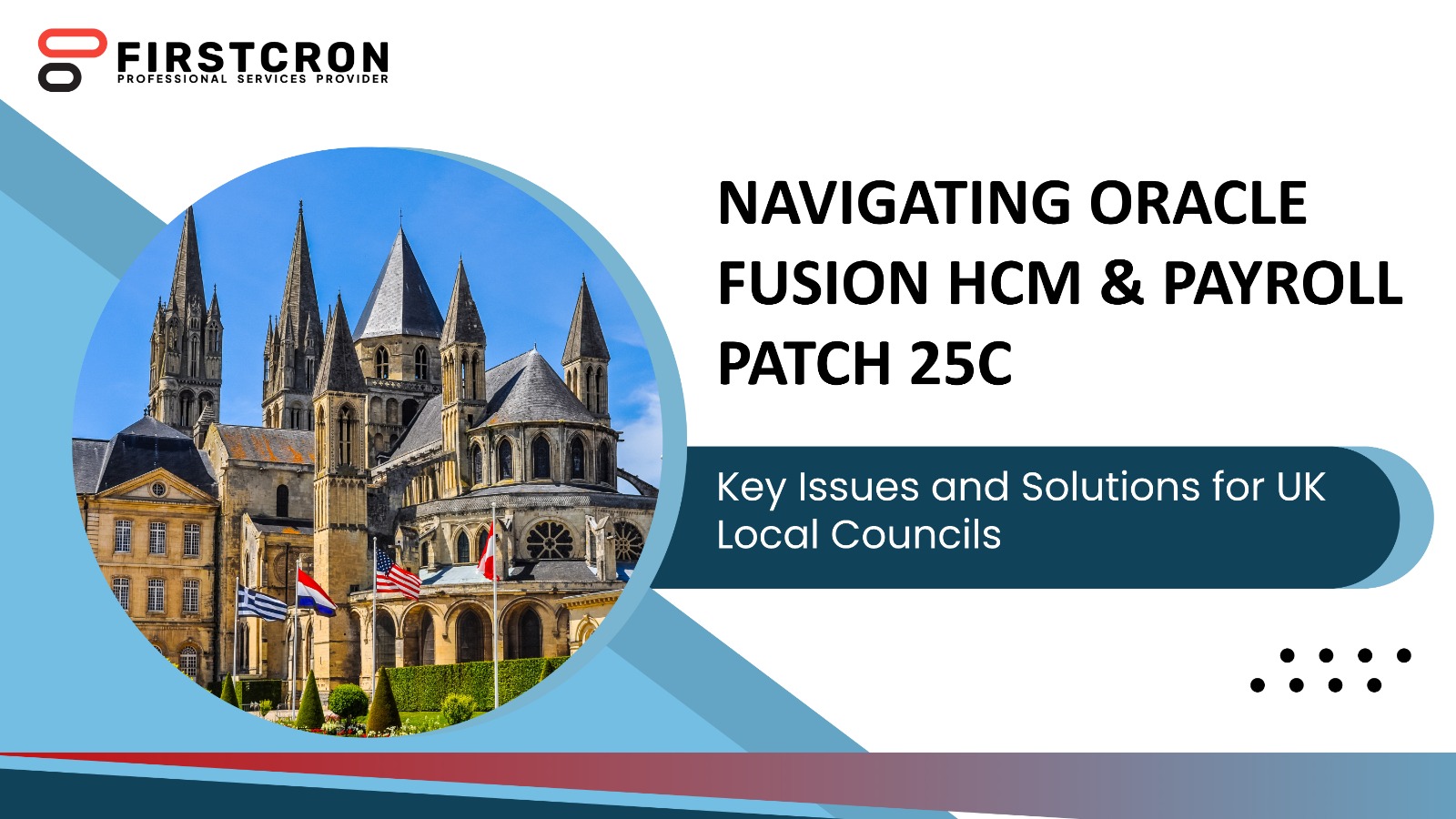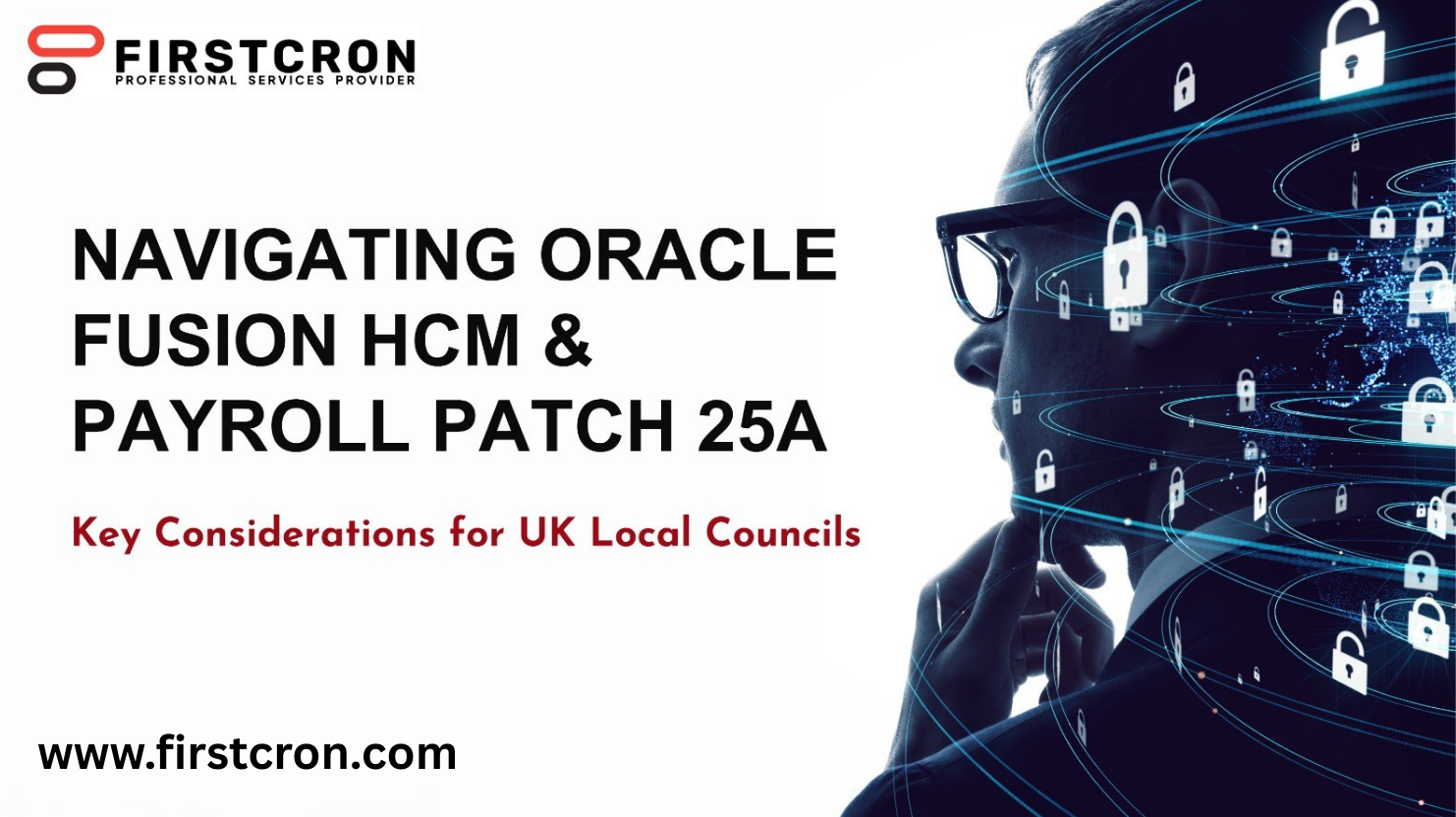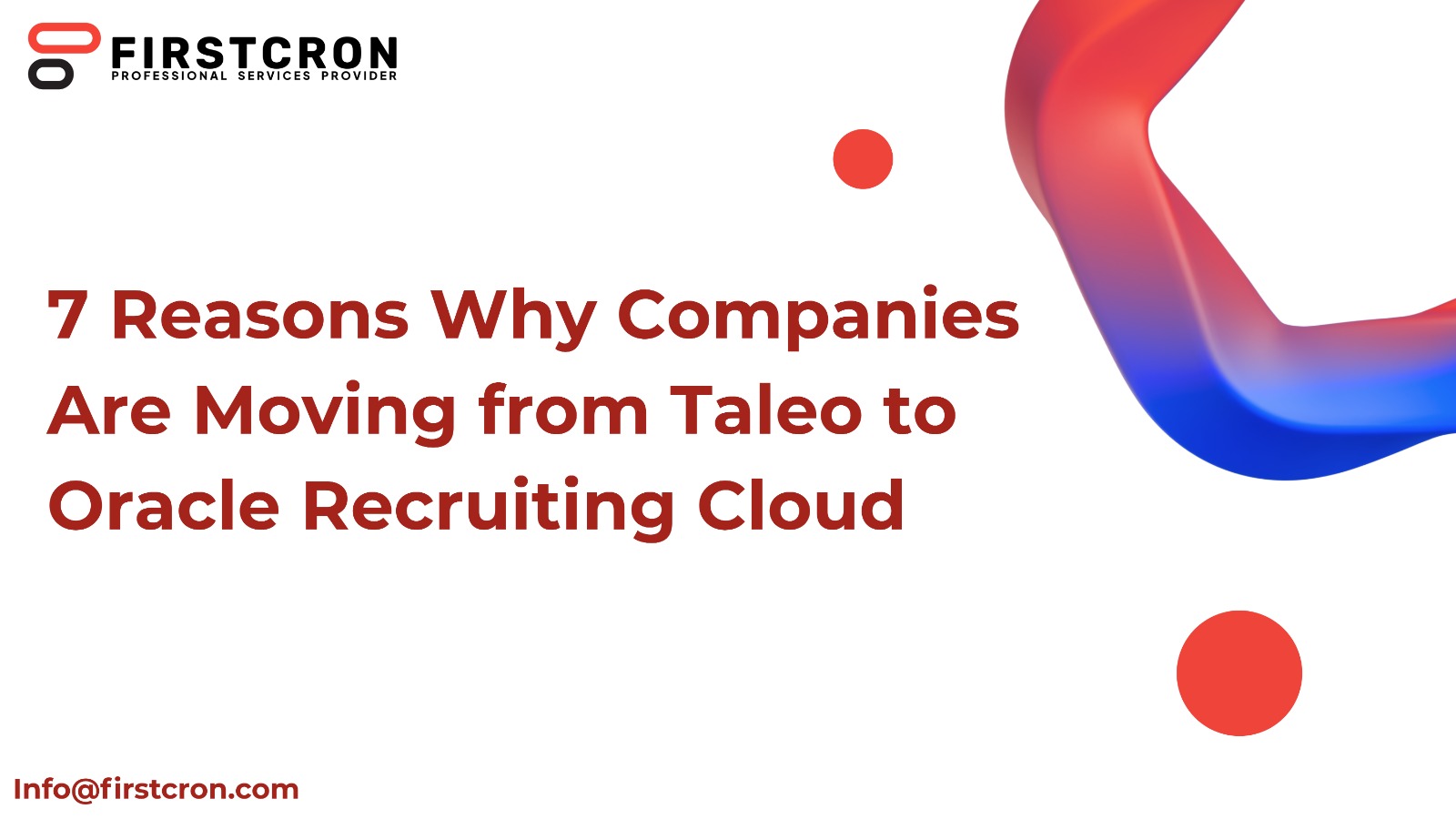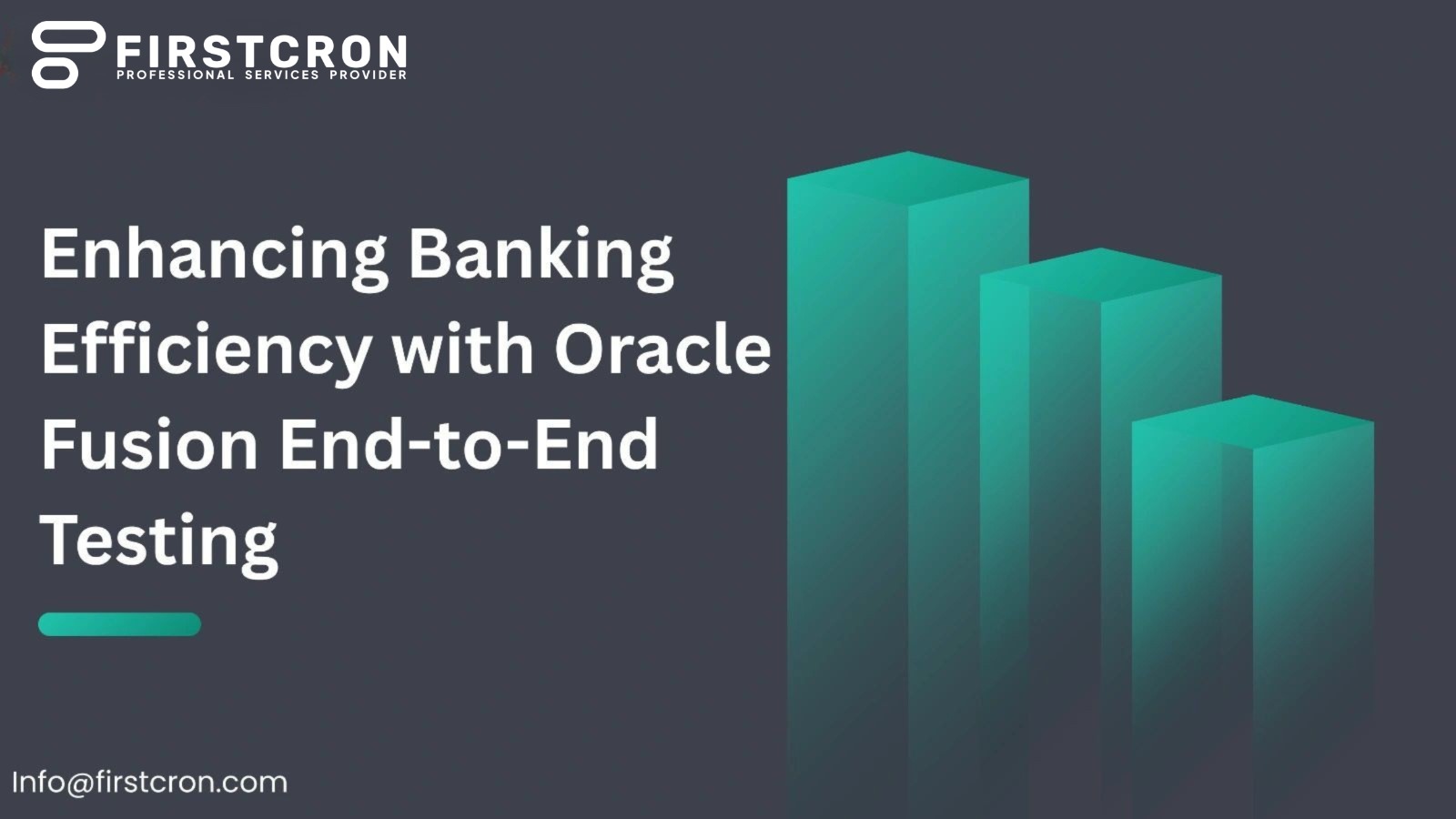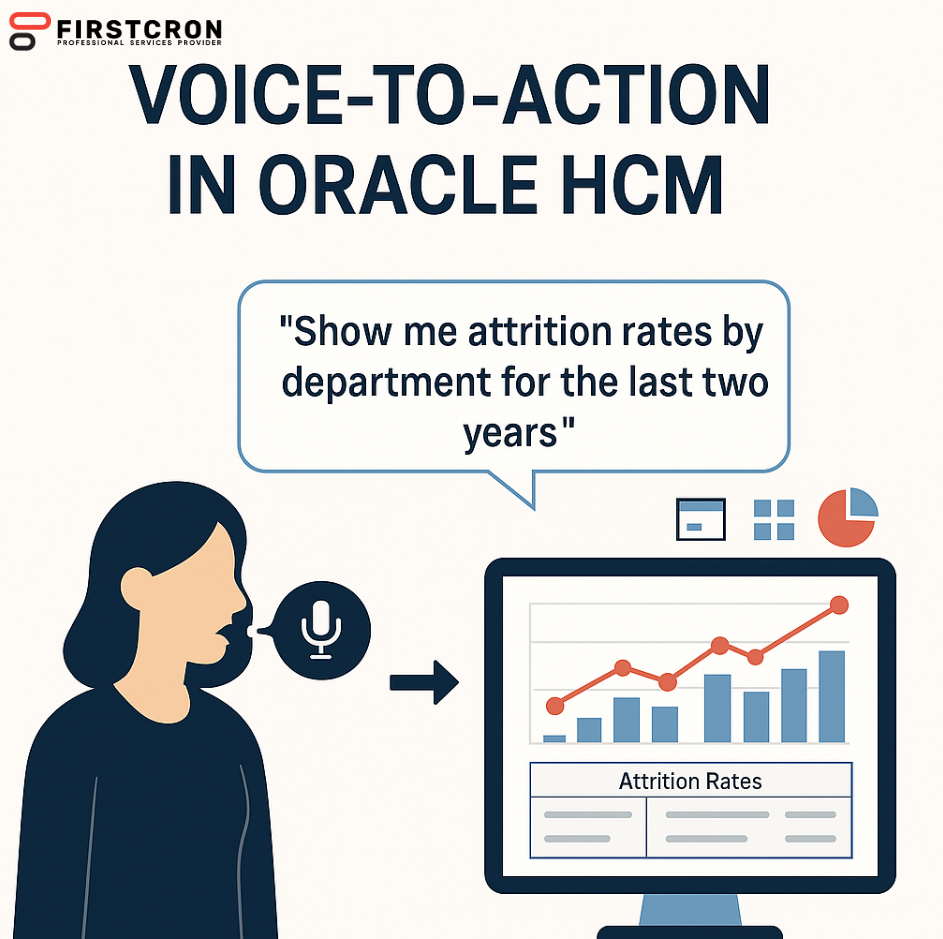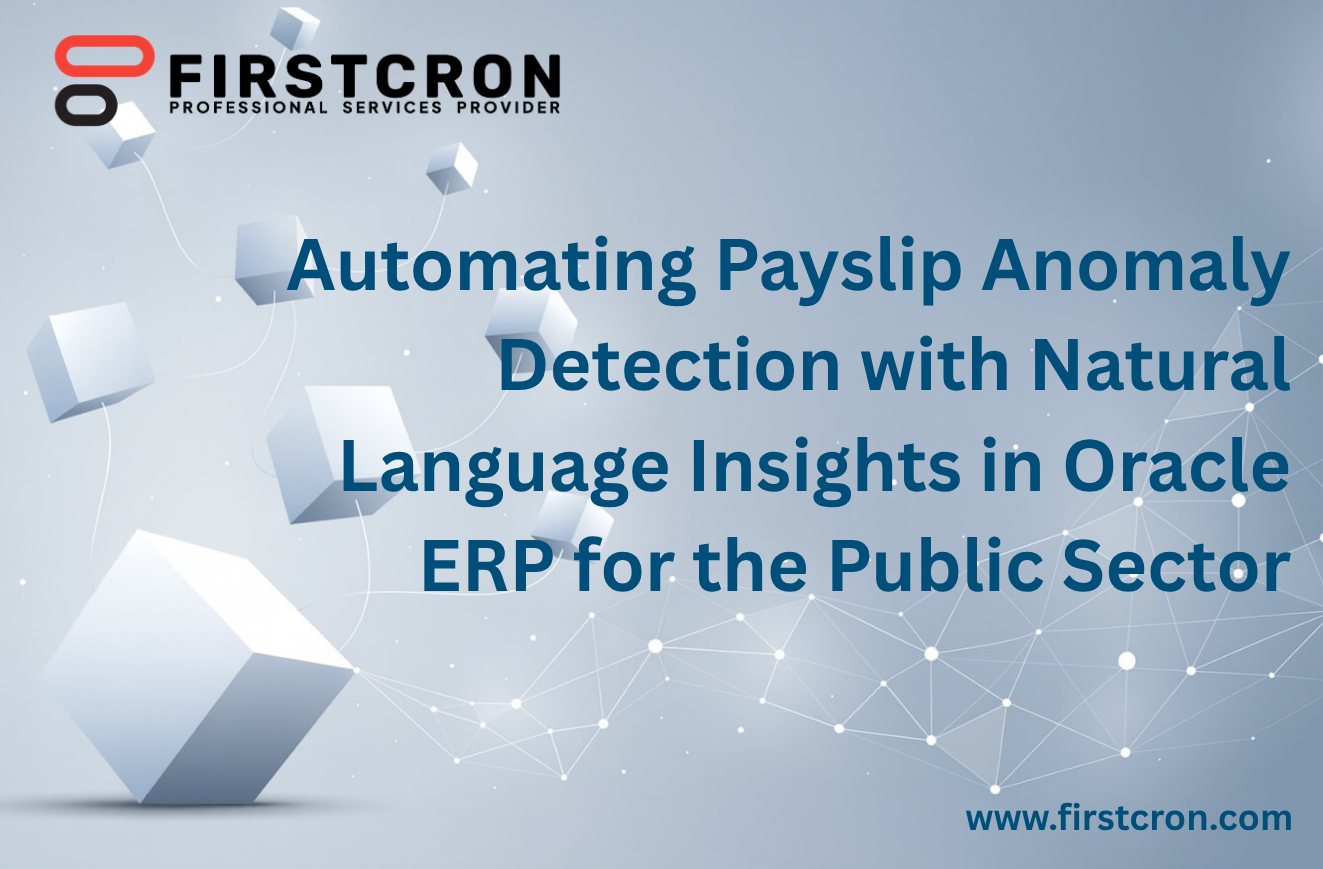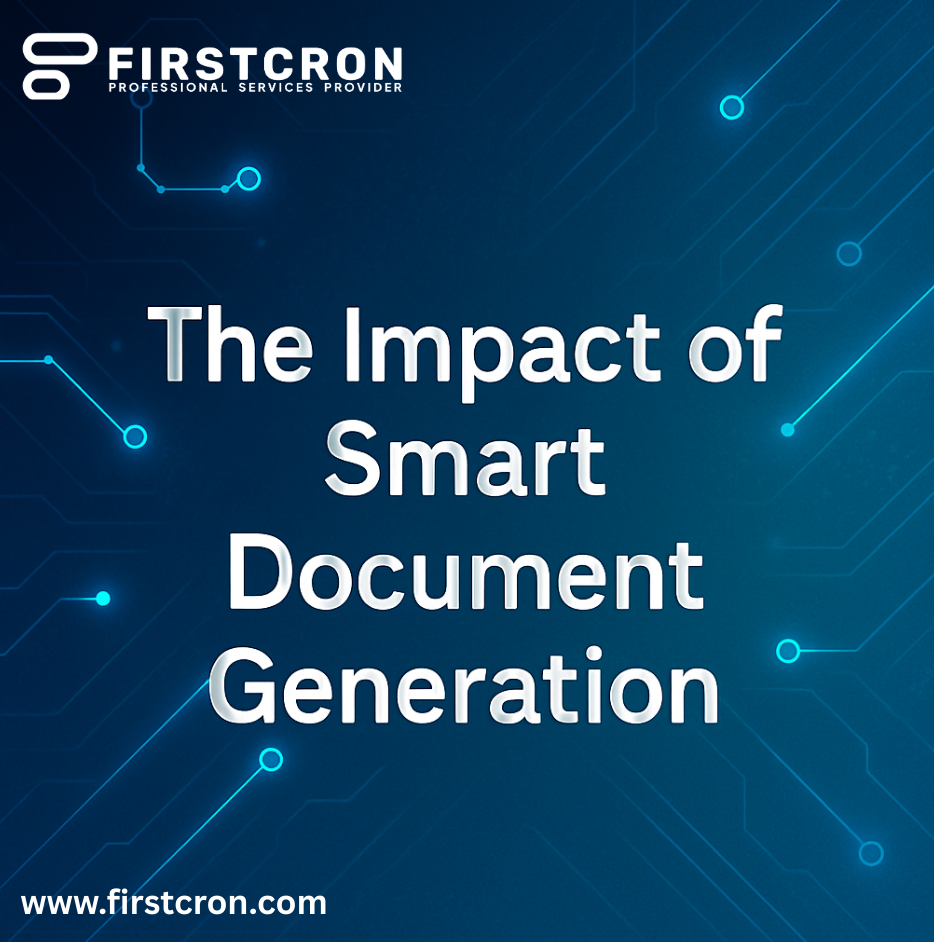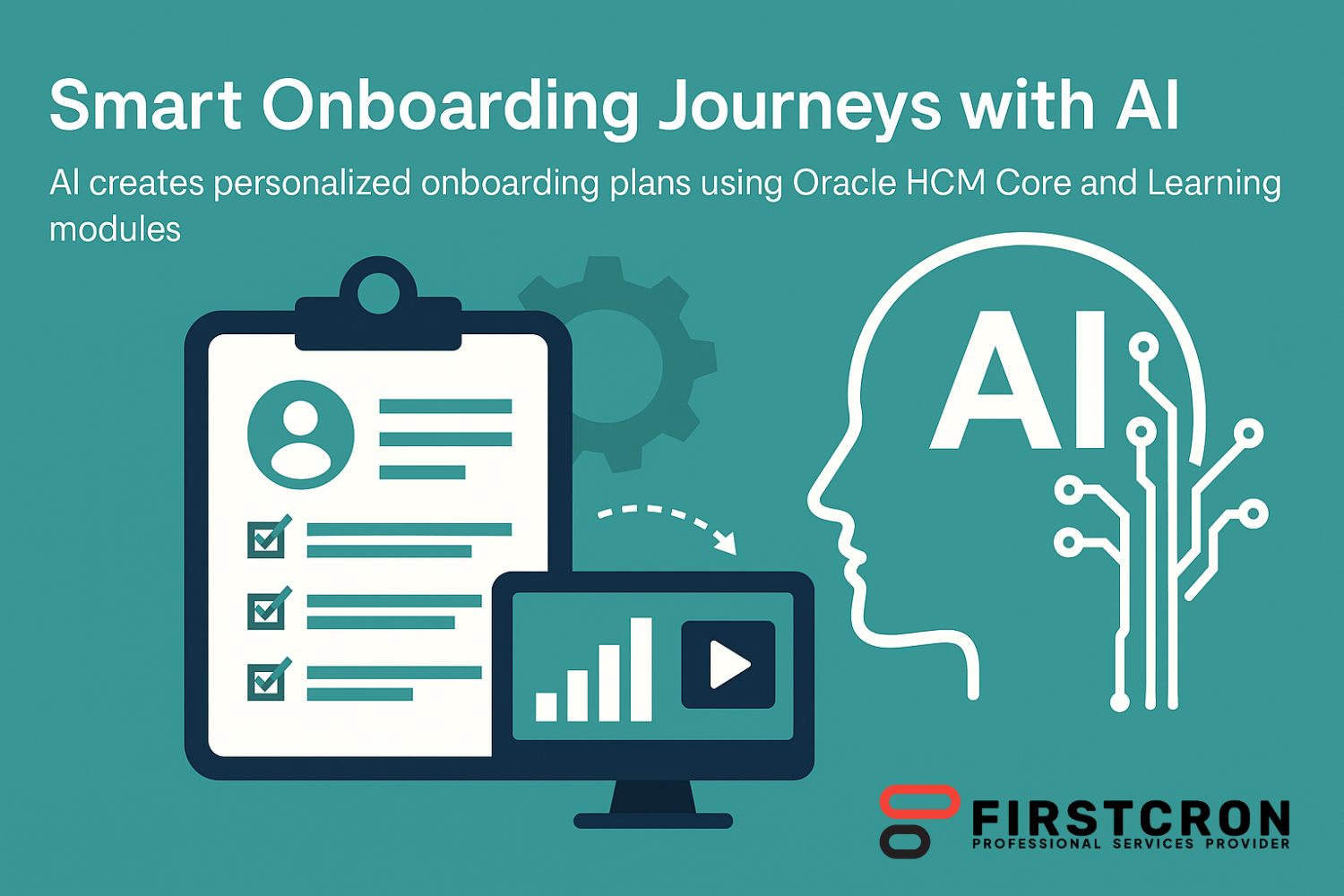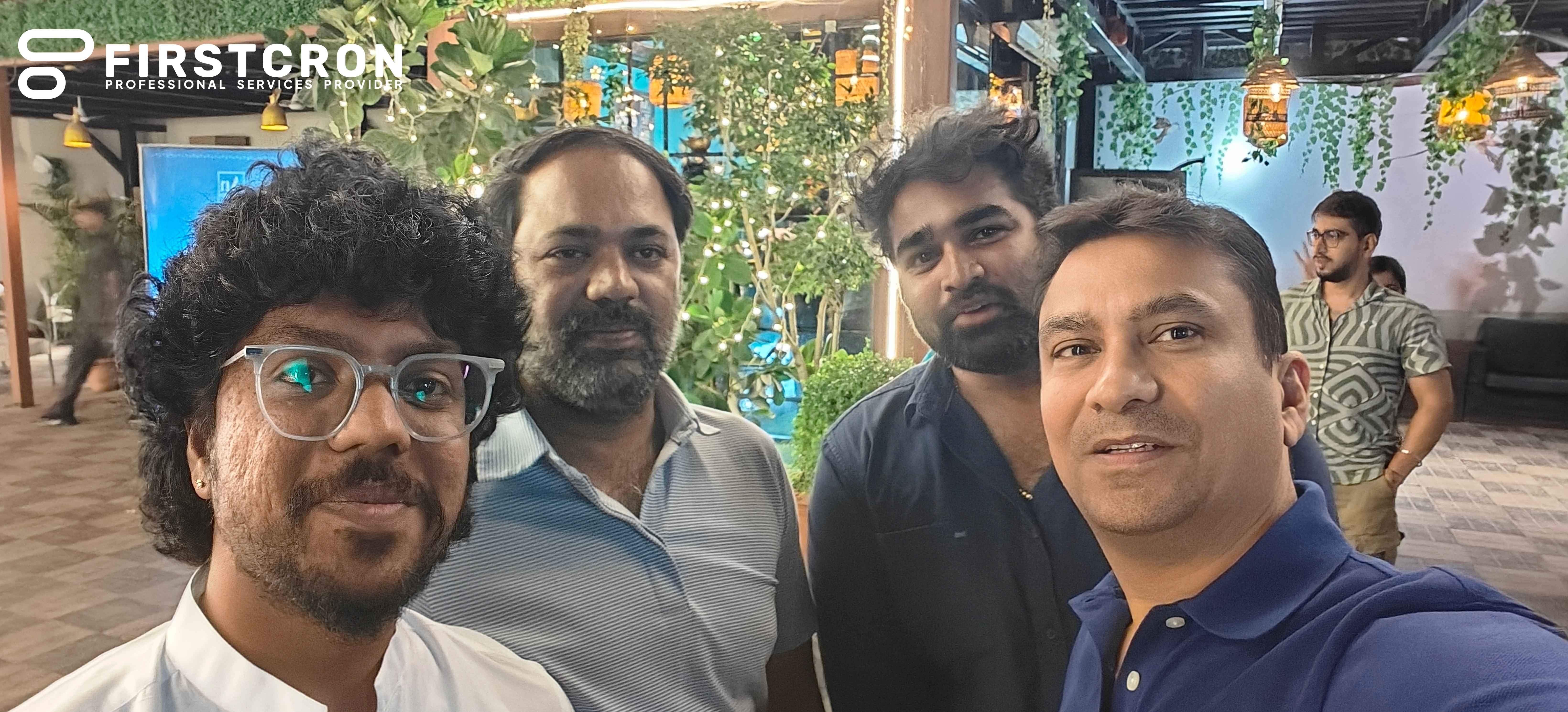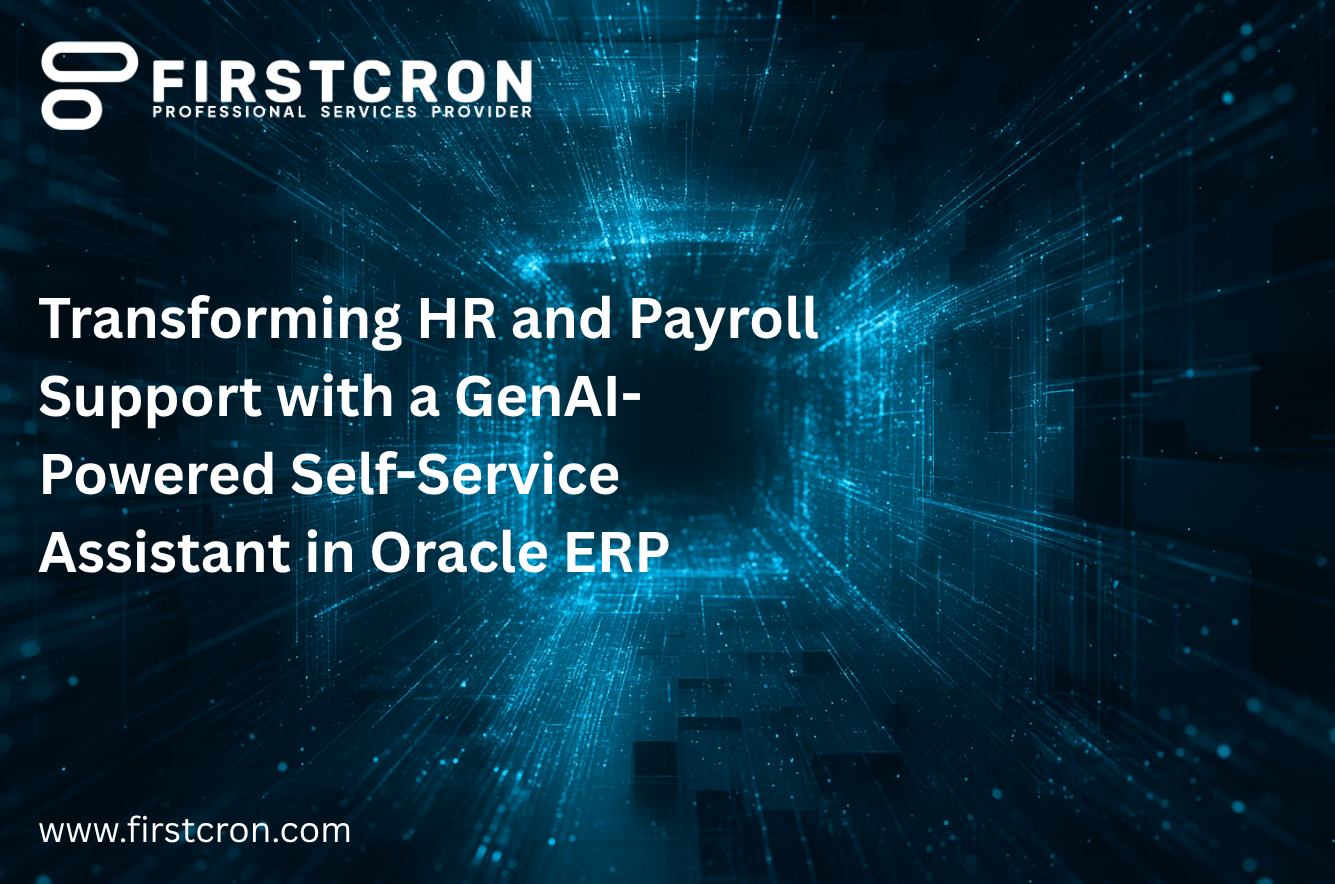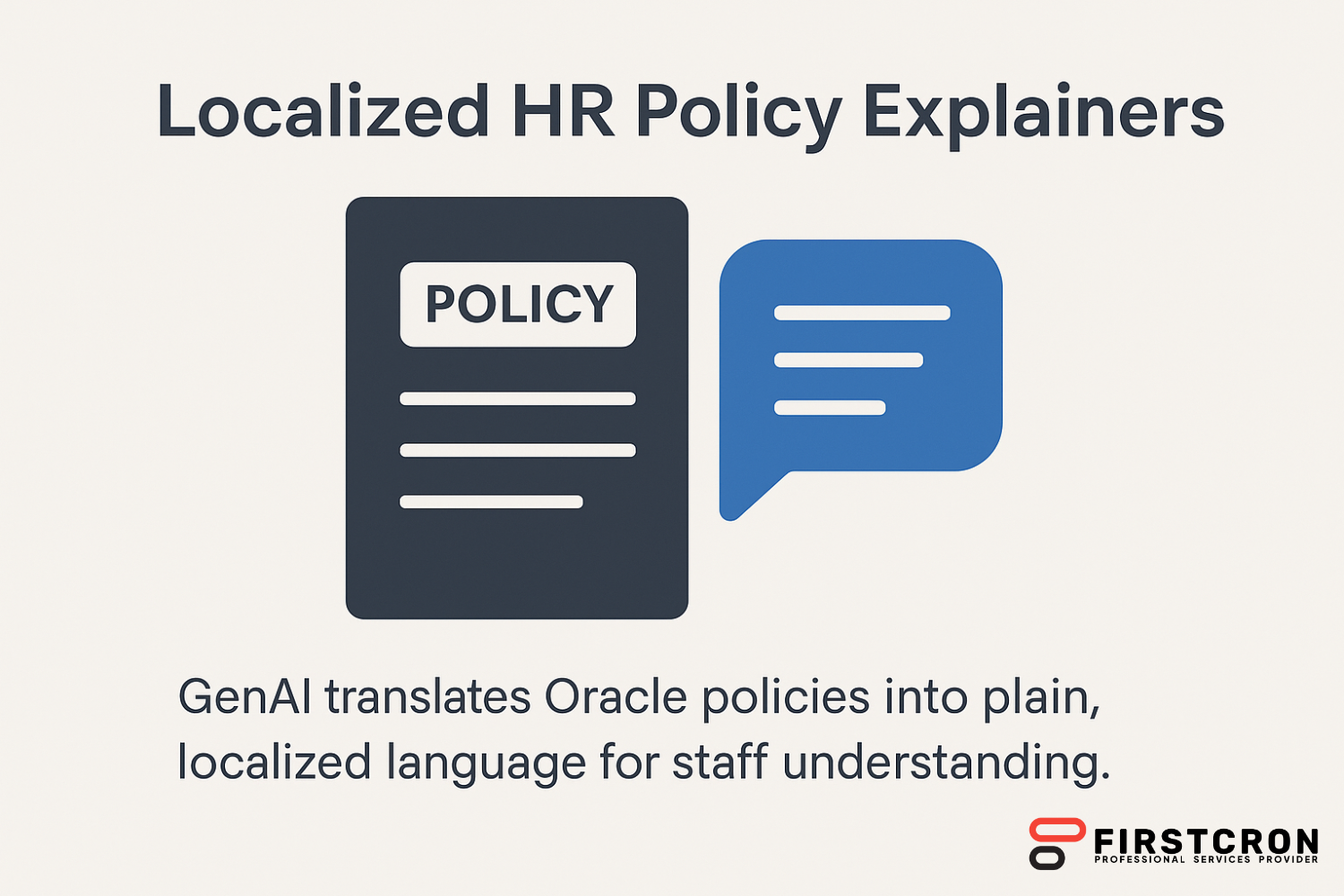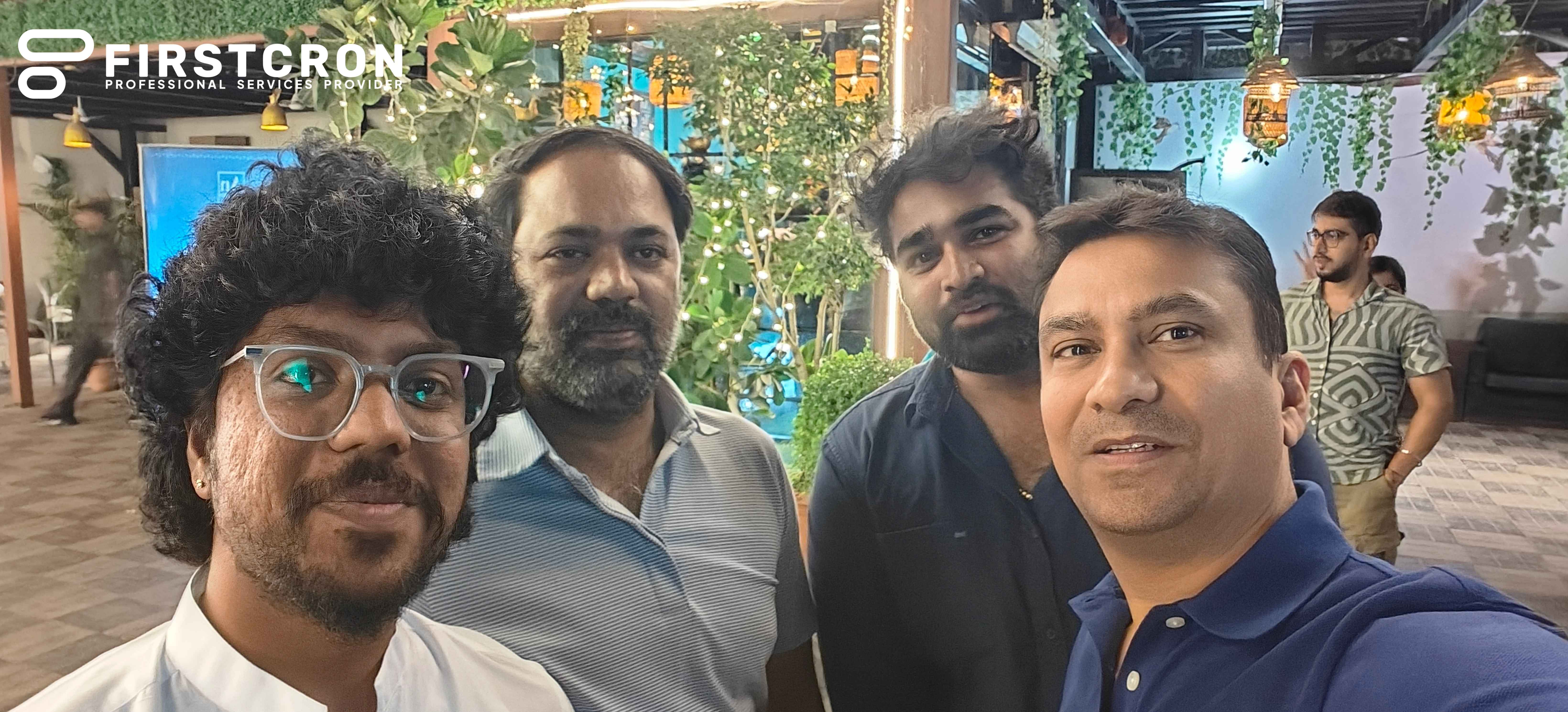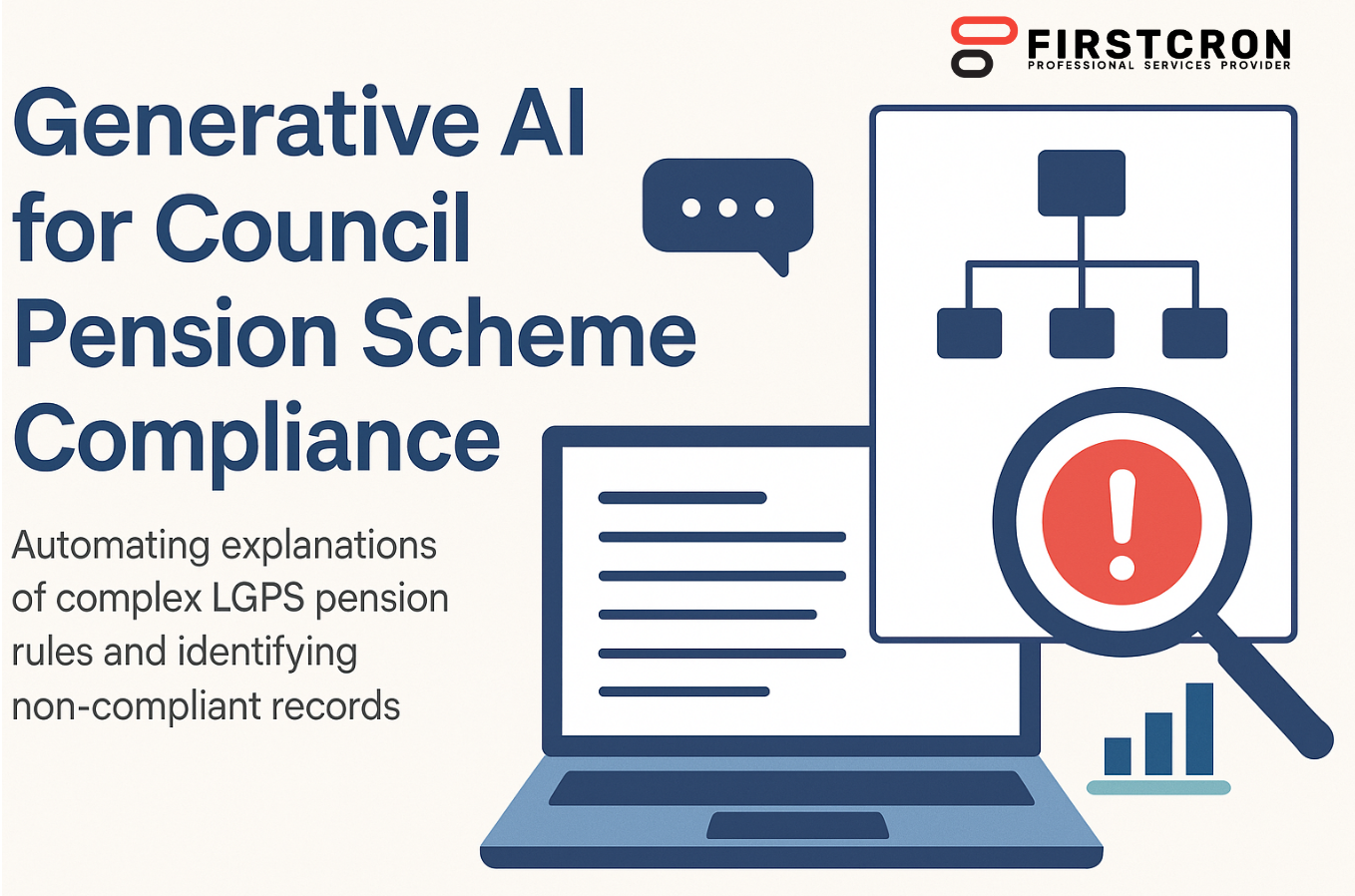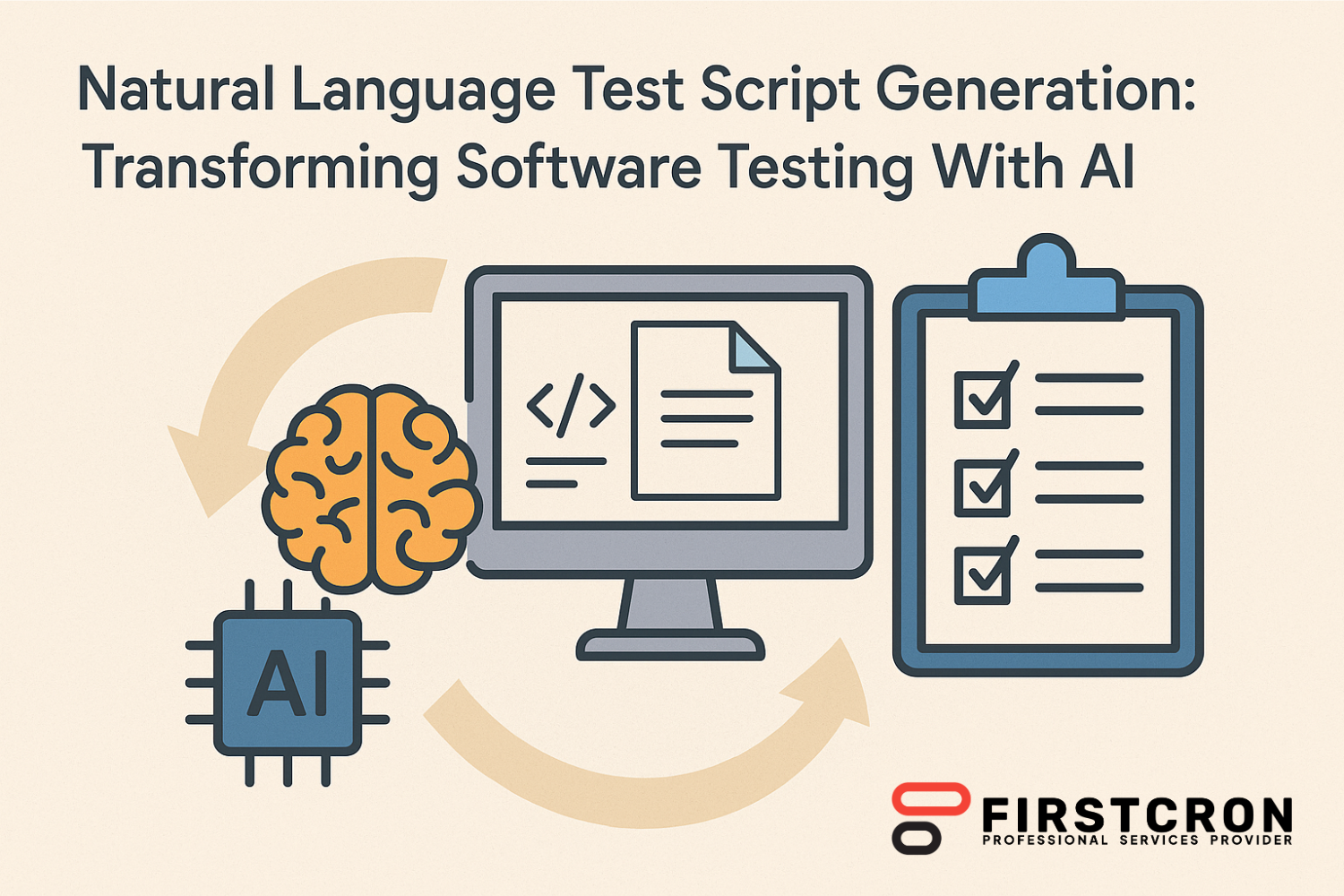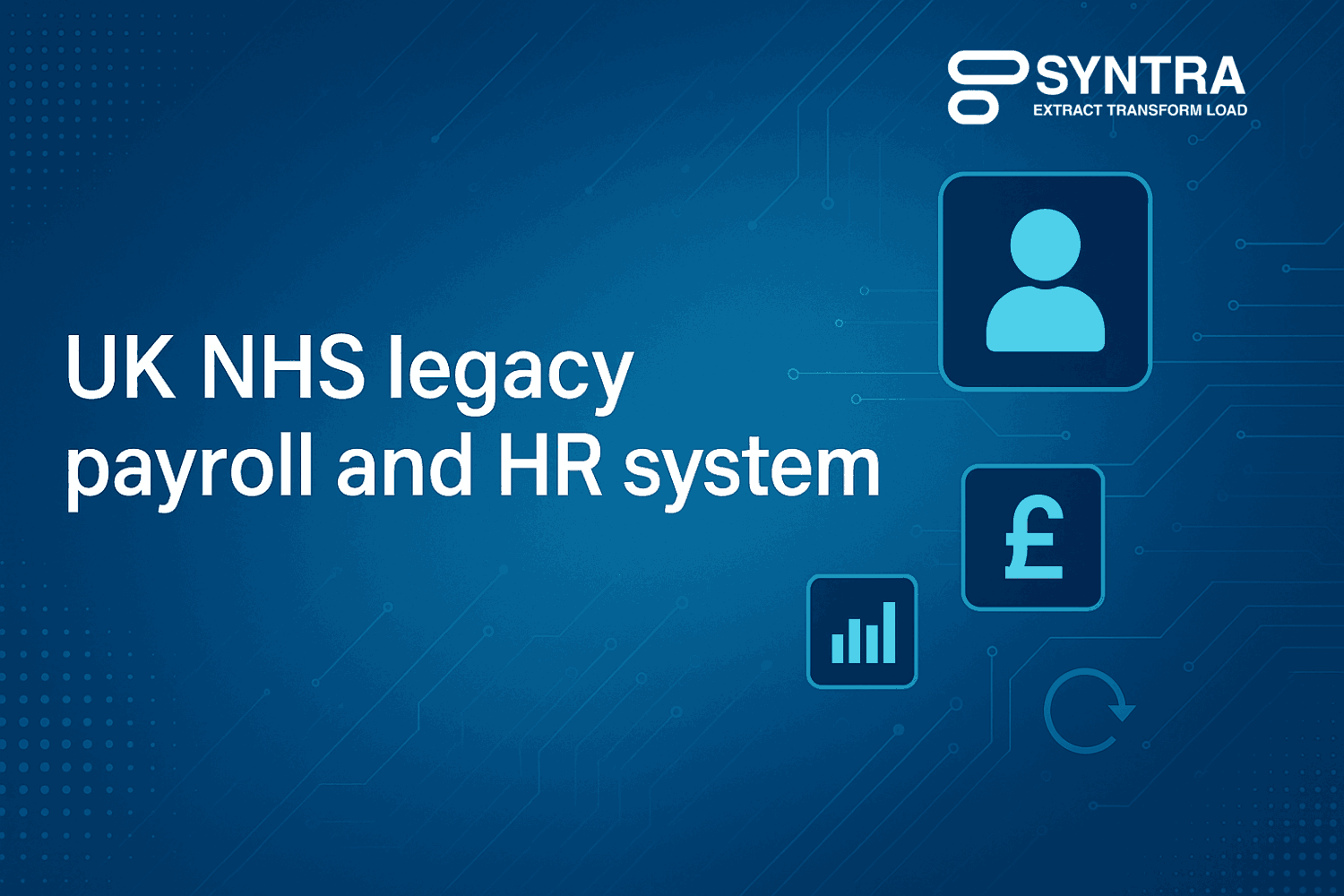
Modernising payroll and HR in the National Health Service is not just a technology refresh. It is an operational change across finance, workforce, and clinical support teams. Many NHS organisations still rely on legacy payroll and HR systems that were built for stable staffing models and localised policies. Today the reality is different. Bank and agency usage is high, flexible working patterns are common, and national reporting obligations evolve every year. This blog outlines how to approach transformation for a UK NHS legacy payroll and HR system, focusing on the data foundations, the migration journey, and the operating model that protects service continuity during change.
In this blog we’ll cover
- Why Legacy Platforms Struggle In Today’s NHS
- Outcomes That Matter To NHS Leaders
- Core Data Objects That Need Transformation
- Target Architecture Patterns For NHS Organisations
- The Migration Journey In Practical Steps
- Controls And Observability That Protect Payroll
- One Time Savings And Ongoing Benefits
- Risks To Manage And How To Mitigate Them
- Summary Table Of Object Flow And Ownership
- What Success Looks Like For NHS Teams
- Getting Started Now
Why Legacy Platforms Struggle In Today’s NHS
Legacy systems often encode business rules in ways that are hard to inspect or update. Rate cards are buried in custom tables. Enhancements and allowances are applied with scripts that few people maintain. Interfaces to finance are file based and brittle. When contracts change or new pay elements are introduced, local teams scramble to insert a patch. Over time, each patch increases complexity and risk. The result is long payroll close cycles, unexpected variances in journals, and mounting reconciliation work between HR and finance. The system still runs, but it demands heavy manual effort and deep tacit knowledge that walks out the door when experienced staff leave.
Outcomes That Matter To NHS Leaders
The goal is not simply a shiny new tool. The outcomes that matter are predictable pay, trustworthy workforce data, and faster insight for operational decisions. Payroll must land on time and match finance totals. Rostering and absence must flow into payroll without rekeying. Workforce reporting should support planning for clinical services rather than forcing analysts to stitch together spreadsheets. These outcomes require clear data definitions, robust integrations, and a repeatable process for change. Without those, any new platform will inherit the same problems as the old one.
Core Data Objects That Need Transformation
A successful programme starts with the data. You will extract from the legacy system, transform to modern structures, and load into the target platform. The following object families deliver the biggest gains when cleaned and standardised.
People and assignments
Person records must unify duplicates, correct identifiers, and align employment statuses. Assignments need standard position coding, department ownership, and effective dates that reflect real service history. Clean assignment data is the backbone for costing, approvals, and reporting.
Pay elements and rules
Allowances, enhancements, and deductions vary across Agenda for Change, medical and dental, and local arrangements. Normalising element codes, units of measure, and value ranges prevents miscalculation and failed loads. It also enables clear mapping from rostered time to paid time.
Time, absence, and premium hours
Patterns like nights, weekends, and bank holidays drive enhancements. Transforming time data into standard categories before payroll reduces manual adjustments. Absence codes must align with workforce policy and reporting needs such as sickness and parental leave.
Costing and journals
Legacy costing often contains free text or inconsistent segment values. Standardising cost centres, subjective codes, and analysis segments ensures that payroll journals post cleanly. It enables meaningful service line reporting and supports national returns without back and forth.
Bank details, tax, and statutory attributes
Validation of sort codes, account numbers, tax codes, and student loan indicators prevents reruns and reduces overpayments. Where possible, apply automated checks during transform to catch errors before load.
Retro changes and corrections
Late starters, contract variations, and back dated approvals are common. Your transform should detect deltas, maintain an audit trail, and protect against duplicate payments. Handling retro logic up front avoids last minute manual fixes during payroll close.
Target Architecture Patterns For NHS Organisations
Most NHS bodies follow one of three patterns. In a coexistence model, the legacy system continues as the payroll engine while a modern HR platform becomes the system of record. In a phased migration, payroll and HR move in waves by staff group or site, reducing risk at each step. In a consolidation model, several local instances feed a single shared platform with standard processes. Each pattern can work, but all require a disciplined approach to data quality, testing, and change management. The platform choice matters less than the repeatability of the process that feeds it.
The Migration Journey In Practical Steps
Start with discovery. Catalogue pay elements, time codes, costing structures, and interface points. Interview payroll and HR practitioners to surface unwritten rules and workarounds. Build a data dictionary that defines every field used in calculation or reporting. From there, design your extract transform and load pipeline. Choose one pilot population and one payroll cycle for early testing. Use production like volumes and include common scenarios such as on call, enhancements, and sickness. After each cycle, reconcile journals, compare payslips, and document exceptions. Expand coverage once results are stable. Maintain a single mapping library for codes and values so changes are applied once and reused across runs.
Controls And Observability That Protect Payroll
The safest migrations build trust through transparency. Implement validations at each stage of the pipeline. Check mandatory fields before load. Enforce value ranges on rates and hours. Flag new or unmapped codes for review rather than pushing them through. Maintain lineage so every loaded record shows its source, transform rules, and outcome. Provide dashboards that show extract counts, exceptions by category, and reconciliation status against finance. These controls give service managers confidence that the new process is not a black box and that issues can be resolved quickly.
One Time Savings And Ongoing Benefits
Cleansing data once delivers immediate wins. Duplicate people are merged. Ghost positions are removed. Costing codes align with finance. But the larger benefit is ongoing. With standardised objects and clear mappings, new policy changes land faster. Bank and agency flows integrate more reliably. Workforce analysts can focus on insight rather than repair. Over time this reduces dependence on a small number of experts and spreads knowledge across the team.
Risks To Manage And How To Mitigate Them
Migration risks are well known. Scope creep expands the timeline. Parallel changes to rostering or finance introduce noise. Users may distrust early payslip differences even when they are correct. Mitigation comes from phasing, from tight control of change, and from open communication. Share side by side payslips during testing. Explain how allowances are now calculated and why totals may move between elements while net pay remains correct. Keep a clear cutover checklist and rehearse it with all parties from payroll to service managers.
Summary Table Of Object Flow And Ownership
| Object Focus | Source In Legacy System | Target Ownership And Controls |
|---|---|---|
| People and assignments | Core HR tables and local custom fields | HR owns definitions and effective dating, payroll verifies readiness and exceptions |
| Pay elements and rules | Payroll element catalog and scripts | Payroll owns mappings and rate governance, finance signs off on rule changes |
| Costing and journals | Payroll costing tables and interface files | Finance owns chart of accounts and reconciliation, payroll and HR provide inputs |
What Success Looks Like For NHS Teams
After migration, payroll closes on time with fewer reruns. Finance can trace every journal to a clean source. Managers see accurate headcount and cost by service line. Temporary staffing costs are clearer because time data aligns with pay outcomes. Post payment queries drop and when they do arise, the answers are faster because the lineage is visible. Most importantly, staff are paid correctly and predictably. That stability creates space for improvement work such as better rostering, smarter recruitment, and targeted retention efforts.
Getting Started Now
Pick a single division or staff group as a pilot. Assemble payroll, HR, finance, and workforce analysts into one team. Document the objects and rules as they exist today. Set up an extract transform and load path with automated validations. Run two or three full parallel cycles before making a go live call. Use the lessons to refine mappings and controls, then extend to the next group. This steady rhythm keeps risk manageable and builds confidence with each step. By focusing on the data first and by making the process observable, an NHS organisation can retire a legacy payroll and HR system without drama and without losing the knowledge embedded in it.
Tags
Related Post
Navigating Oracle Fusion HCM & Payroll Patch 25C: Key Issues And Solutions For UK Local Councils
July 26th, 2025 10 min read
Navigating Oracle Fusion HCM & Payroll Patch 25A: Key Considerations For UK Local Councils
July 27th, 2025 10 min read
7 Proven Oracle Fusion Testing Principles To Guarantee Defect-Free Cloud Deployments
May 16th, 2025 15 min read
7 Reasons Why Companies Are Moving From Taleo To Oracle Recruiting Cloud
June 2nd, 2025 14 min read
How End-to-End Testing Of Oracle Fusion Enhances Operational Efficiency In Banking
May 23rd, 2025 11 min read
5 Business Benefits Of Investing In AI-Powered Performance Oracle Fusion Testing
May 5th, 2025 11 min read
WEEKEND READS
Voice-to-Action In Oracle HCM: Transforming HR Queries Into Intelligent Actions With GenAI
September 5th, 2025 23 min read
Automating Payslip Anomaly Detection With Natural Language Insights In Oracle ERP For The Public Sector
August 27th, 2025 24 min read
Transforming HR Efficiency With Smart Document Generation In Oracle ERP
August 30th, 2025 17 min read
Smart Onboarding Journeys With AI: Personalized Employee Integration Through Oracle HCM Core And Learning
September 13th, 2025 21 min read
Kicking Off A 5TB Archival Journey — From Legacy Systems To Smart Storage
August 8th, 2025 3 min read
Transforming HR And Payroll Support With A GenAI-Powered Self-Service Assistant In Oracle ERP
August 26th, 2025 21 min read
Localized HR Policy Explainers: How GenAI Translates Oracle Policies Into Plain Language
September 12th, 2025 15 min read
Successful Data Migration Completed — Now Live On Oracle Fusion
August 12th, 2025 4 min read
Generative AI For Council Pension Scheme Compliance
September 6th, 2025 18 min read
Natural Language Test Script Generation: Transforming Software Testing With AI
September 11th, 2025 24 min read






